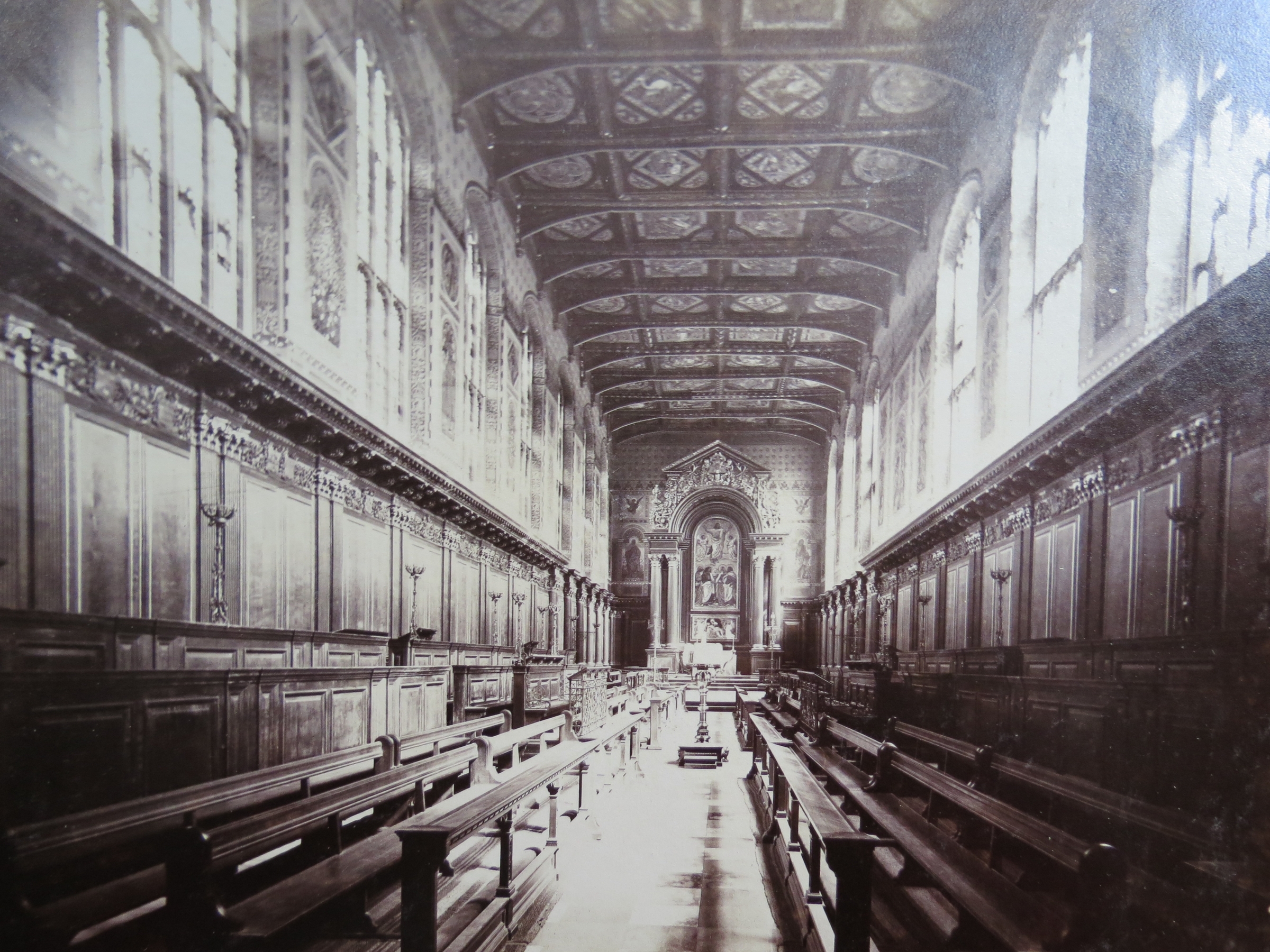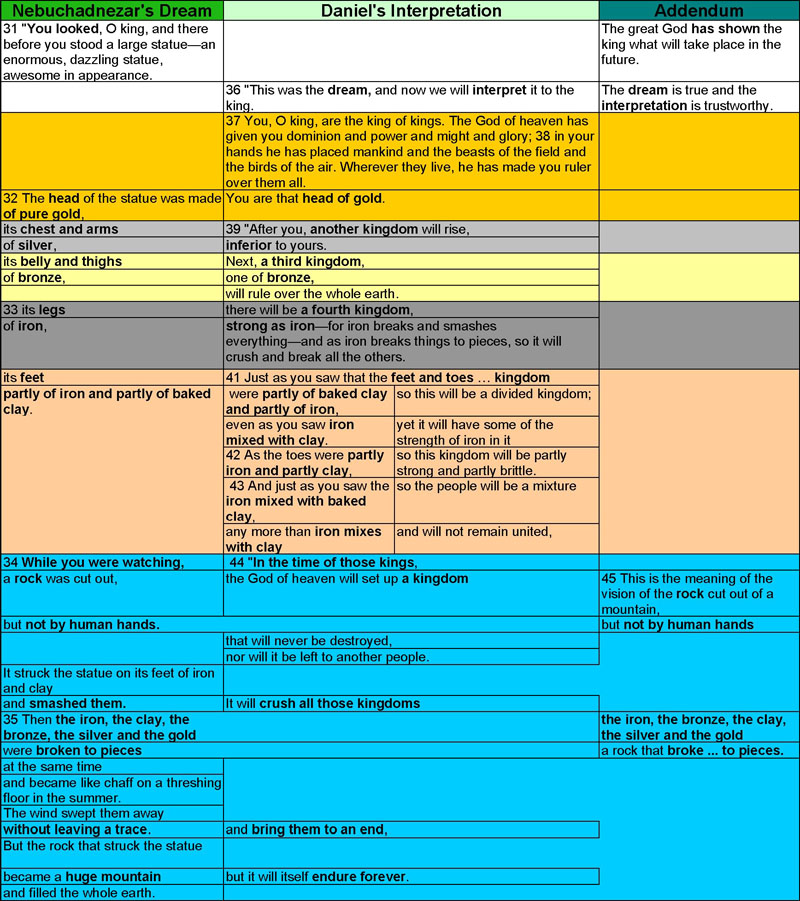|
John Wisdom
Arthur John Terence Dibben Wisdom (12 September 1904, in Leyton, Essex – 9 December 1993, in Cambridge), usually cited as John Wisdom, was a leading British philosopher considered to be an ordinary language philosopher, a philosopher of mind and a metaphysician. He was influenced by G.E. Moore, Ludwig Wittgenstein and Sigmund Freud, and in turn explained and extended their work. Wisdom was educated at Aldeburgh Lodge School, Suffolk, and Fitzwilliam House, Cambridge, where he graduated with a first-class BA degree in Moral Sciences in 1924. He is not to be confused with the philosopher John Oulton Wisdom (1908–1993), his cousin, who shared his interest in psychoanalysis. Philosophical work Before the posthumous publication of Wittgenstein's ''Philosophical Investigations'' in 1953, Wisdom's writing was one of the few published sources of information about Wittgenstein's later philosophy. His article "Philosophical Perplexity" has been described as ‘something of a landma ... [...More Info...] [...Related Items...] OR: [Wikipedia] [Google] [Baidu] |
Leyton, Essex
Leyton () is a town in east London, England, within the London Borough of Waltham Forest. It borders Walthamstow to the north, Leytonstone to the east, and Stratford to the south, with Clapton, Hackney Wick and Homerton, across the River Lea, to the west. The area includes New Spitalfields Market, Leyton Orient Football Club, as well as part of the Queen Elizabeth Olympic Park. The town consists largely of terraced houses built between 1870 and 1910, interspersed with some modern housing estates. It is north-east of Charing Cross. It was originally part of the ancient parish of Leyton St Mary in the Becontree hundred and part of historic county of Essex. The town expanded rapidly in the late 19th century, forming part of the conurbation of London and becoming a suburb, similar to much of south-west Essex. It became part of the Metropolitan Police District in 1839 and has been part of the London postal district since its inception in 1856. The parish became an urban distr ... [...More Info...] [...Related Items...] OR: [Wikipedia] [Google] [Baidu] |
Aristotelian Society
The Aristotelian Society for the Systematic Study of Philosophy, more generally known as the Aristotelian Society, is a philosophical society in London. History Aristotelian Society was founded at a meeting on 19 April 1880, at 17 Bloomsbury Square, London. It resolved "to constitute a society of about twenty and to include ladies; the society to meet fortnightly, on Mondays at 8 o'clock, at the rooms of the Spelling Reform Association…" The rules of the society stipulated: According to H. Wildon Carr, in choosing a name for the society, it was: The society's first president was Mr. Shadworth H. Hodgson. He was president for fourteen years from 1880 until 1894, when he proposed Dr. Bernard Bosanquet as his replacement. Professor Alan Willard Brown noted in 1947 that 'he Societys members were not all men of established intellectual position. It welcomed young minds just out of university as well as older amateur philosophers with serious interests and purposes. But many ... [...More Info...] [...Related Items...] OR: [Wikipedia] [Google] [Baidu] |
The Independent
''The Independent'' is a British online newspaper. It was established in 1986 as a national morning printed paper. Nicknamed the ''Indy'', it began as a broadsheet and changed to tabloid format in 2003. The last printed edition was published on Saturday 26 March 2016, leaving only the online edition. The newspaper was controlled by Tony O'Reilly's Irish Independent News & Media from 1997 until it was sold to the Russian oligarch and former KGB Officer Alexander Lebedev in 2010. In 2017, Sultan Muhammad Abuljadayel bought a 30% stake in it. The daily edition was named National Newspaper of the Year at the 2004 British Press Awards. The website and mobile app had a combined monthly reach of 19,826,000 in 2021. History 1986 to 1990 Launched in 1986, the first issue of ''The Independent'' was published on 7 October in broadsheet format.Dennis Griffiths (ed.) ''The Encyclopedia of the British Press, 1422–1992'', London & Basingstoke: Macmillan, 1992, p. 330 It was produc ... [...More Info...] [...Related Items...] OR: [Wikipedia] [Google] [Baidu] |
Trinity College Chapel, Cambridge
Trinity College Chapel is the chapel of Trinity College, Cambridge, a constituent college of the University of Cambridge. Part of a complex of Grade I listed buildings at Trinity, it dates from the mid 16th century. It is an Anglican church in the Anglo-Catholic tradition. Building and architecture The chapel was begun in 1554–55 by order of Queen Mary and was completed in 1567 by her half-sister, Elizabeth I. The architectural style is Tudor-Gothic, with Perpendicular tracery and pinnacles. The roof is of an earlier style than the rest of the building, and may have been re-used from the chapel of King’s Hall, the college which preceded Trinity on this site. Only the walls and roof are of Tudor date, but the walls were re-faced in ashlar in the 19th-century and present slate roof-covering is modern. The whole chapel was restored by Edward Blore in 1832 and further work took place between 1868–1873 when Arthur Blomfield added the vestry, Choir-room and porch, and the Chape ... [...More Info...] [...Related Items...] OR: [Wikipedia] [Google] [Baidu] |
Ascension Parish Burial Ground, Cambridge
The Ascension Parish Burial Ground, formerly known as the burial ground for the parish of St Giles and St Peter's, is a cemetery off Huntingdon Road in Cambridge, England. Many notable University of Cambridge academics are buried there, including three Nobel Prize winners. Although a Church of England site, the cemetery includes the graves of many non-conformists, reflecting the demographics of the parish in the 19th and 20th centuries, which covered much of West Cambridge. It was established in 1857 while the city of Cambridge was undergoing rapid expansion, although the first burial was not until 1869. It covers one and a half acres and contains 1,500 graves with 2,500 burials. Originally surrounded by open fields, it is now bounded by trees and the gardens of detached houses, and is a designated city wildlife site. In 2020 it was formally closed to new burials by an Order in Council, and responsibility for its upkeep was transferred to Cambridge City Council. The former c ... [...More Info...] [...Related Items...] OR: [Wikipedia] [Google] [Baidu] |
Gilbert Ryle
Gilbert Ryle (19 August 1900 – 6 October 1976) was a British philosopher, principally known for his critique of Cartesian dualism, for which he coined the phrase "ghost in the machine." He was a representative of the generation of British ordinary language philosophers who shared Ludwig Wittgenstein's approach to philosophical problems. Some of Ryle's ideas in philosophy of mind have been called behaviourist. In his best-known book, ''The Concept of Mind'' (1949), he writes that the "general trend of this book will undoubtedly, and harmlessly, be stigmatised as 'behaviourist'." Having studied the philosophers Bernard Bolzano, Franz Brentano, Alexius Meinong, Edmund Husserl, and Martin Heidegger, Ryle suggested that the book instead "could be described as a sustained essay in phenomenology, if you are at home with that label." Biography Family tree Gilbert Ryle's father, Reginald John Ryle, was a Brighton doctor, a generalist who had interests in philosophy and astronomy, ... [...More Info...] [...Related Items...] OR: [Wikipedia] [Google] [Baidu] |
Paraphrase
A paraphrase () is a restatement of the meaning of a text or passage using other words. The term itself is derived via Latin ', . The act of paraphrasing is also called ''paraphrasis''. History Although paraphrases likely abounded in oral traditions, paraphrasing as a specific educational exercise dates back to at least Roman times, when the author Quintilian recommended it for students to develop dexterity in language. In the Middle Ages, this tradition continued, with authors such as Geoffrey of Vinsauf developing schoolroom exercises that included both rhetorical manipulations and paraphrasing as a way of generating poems and speeches. Paraphrasing seems to have dropped off as a specific exercise that students learn, a drop off that largely coincides with the removal of Classical texts from the core of Western education. There is, however, renewed interest in the study of paraphrases, given concerns around plagiarism and original authorship. Analysis A paraphrase typicall ... [...More Info...] [...Related Items...] OR: [Wikipedia] [Google] [Baidu] |
Jeremy Bentham
Jeremy Bentham (; 15 February 1748 Old_Style_and_New_Style_dates">O.S._4_February_1747.html" ;"title="Old_Style_and_New_Style_dates.html" ;"title="nowiki/>Old Style and New Style dates">O.S. 4 February 1747">Old_Style_and_New_Style_dates.html" ;"title="nowiki/>Old Style and New Style dates">O.S. 4 February 1747ref name="Johnson2012" /> – 6 June 1832) was an English philosopher, jurist, and social reformer regarded as the founder of modern utilitarianism. Bentham defined as the "fundamental axiom" of his philosophy the principle that "it is the greatest happiness of the greatest number that is the measure of right and wrong." He became a leading theorist in Anglo-American philosophy of law, and a political radical whose ideas influenced the development of welfarism. He advocated individual and economic freedoms, the separation of church and state, freedom of expression, equal rights for women, the right to divorce, and (in an unpublished essay) the decriminalising of homosex ... [...More Info...] [...Related Items...] OR: [Wikipedia] [Google] [Baidu] |




